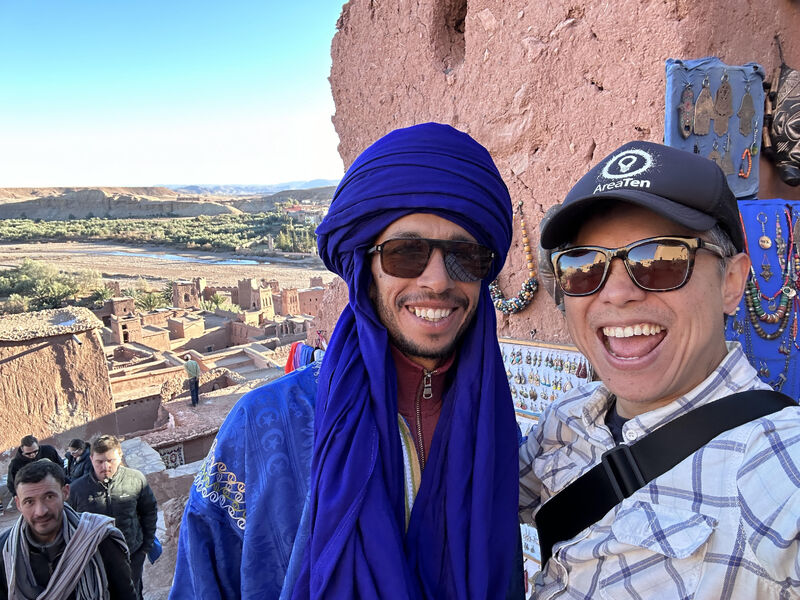A Glimpse Into Ancient Moroccan Culture: Discover Ait Ben Haddou with an Authentic Berber Guide
by
Jeremy Tang - Updated
31-Jan-2024

Ait Ben Haddou is a striking example of Southern Moroccan architecture and a UNESCO World Heritage site. My friend Fadil, a local Berber (who also happened to be in the film Gladiator and Game of Thrones), offered me an authentic glimpse into the rich tapestry of Berber culture, which forms a vital part of Morocco’s identity.
Berbers, or Amazigh as they are known locally, are the original inhabitants of Morocco, with a history stretching back 20,000 years. Remarkably, they constitute nearly a third of Morocco’s 37 million people. Yet, despite their deep historical roots and significant presence, it was only in 2011 that Tamazight, the Berber language, was recognized as an official language of Morocco. This recognition marked a pivotal moment for the Berber community, especially for multiple generations who grew up without formal education in their native script. Today, there’s a resurgence of interest among the younger generation in learning Tamazight, a move that’s seen as reclaiming and revitalizing their cultural identity.
Even in Ait Ben Haddou, a town predominantly Berber, Fadil stood out. He proudly wore the rich indigo blue that made the region famous, a vivid symbol of his heritage. His attire was more than just a choice of clothing; it was a statement of identity and pride. In a world that gets pushed into a sea of sameness under the weight of globalization and social algorithms Fadil’s clear, vibrant expression of his roots was striking, even for locals.
It reminds us that to have any impact we need to speak with our own voice, in all aspects of our lives. As Ralph Waldo Emerson wisely said, “Do not go where the path may lead, go instead where there is no path and leave a trail.”